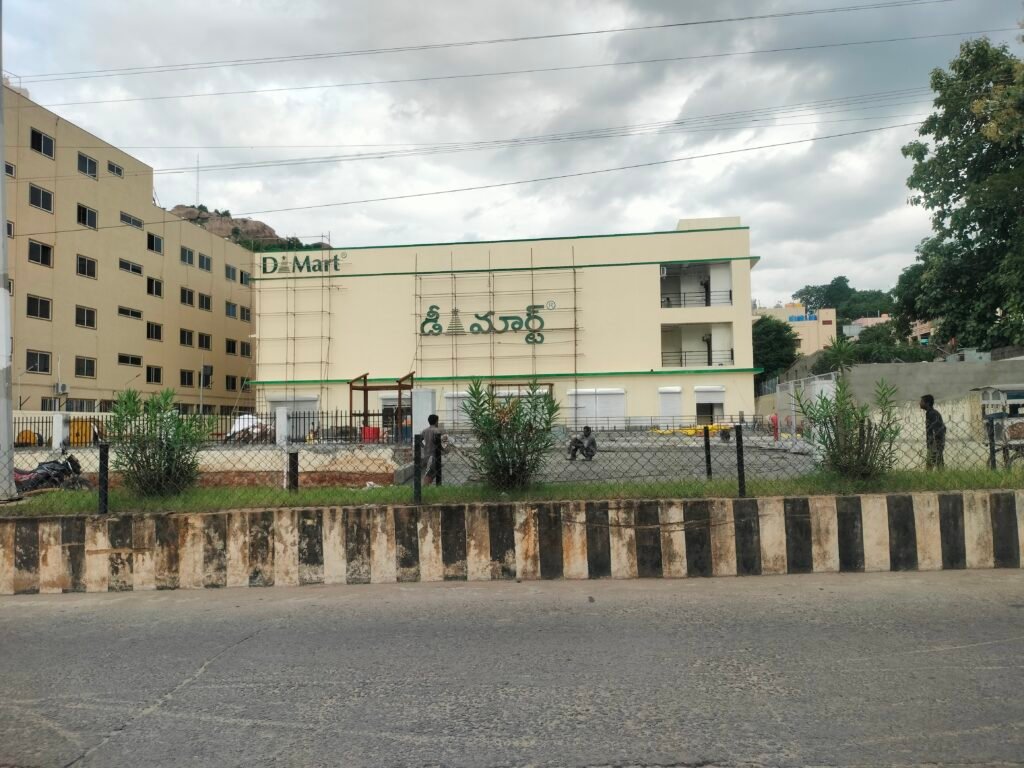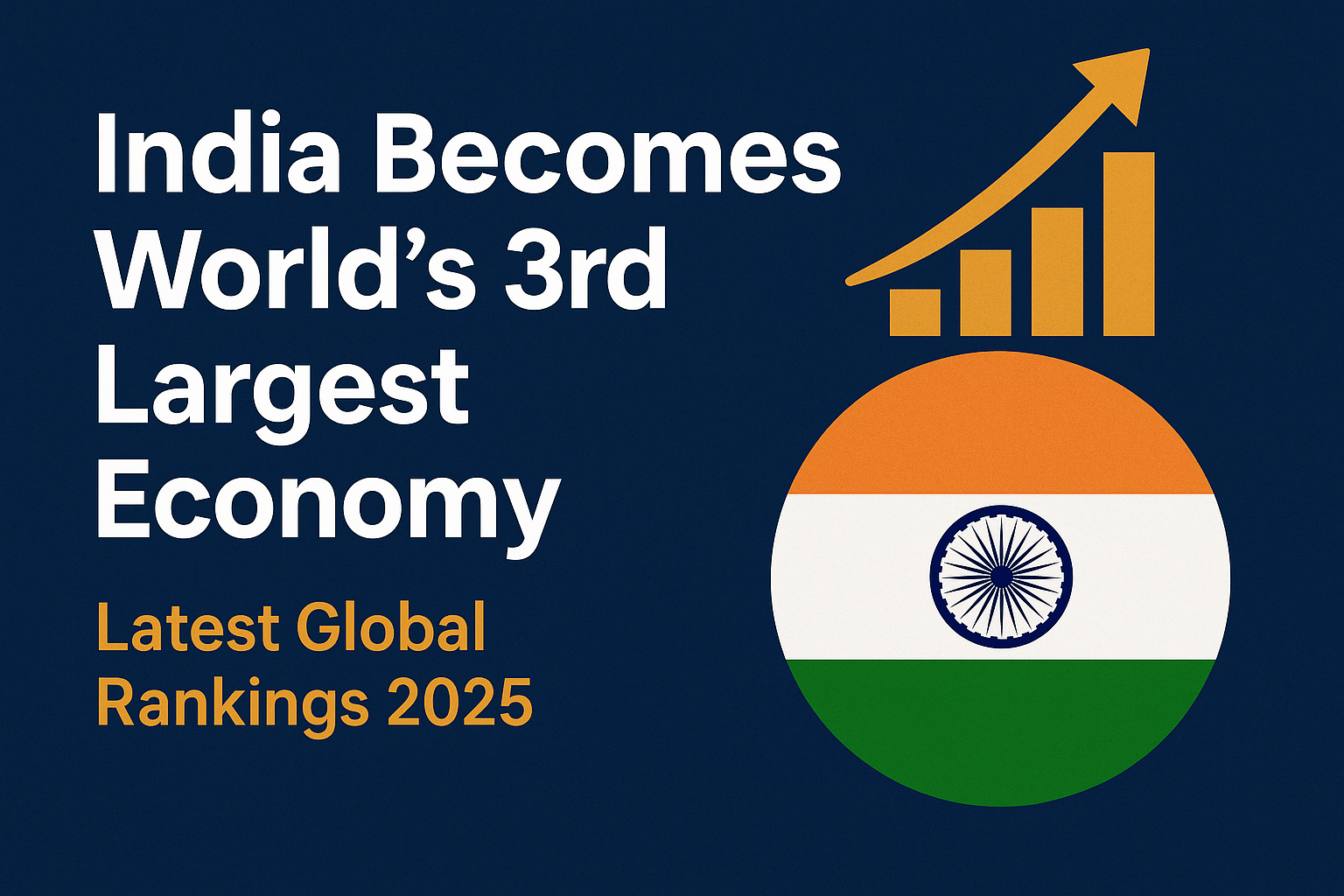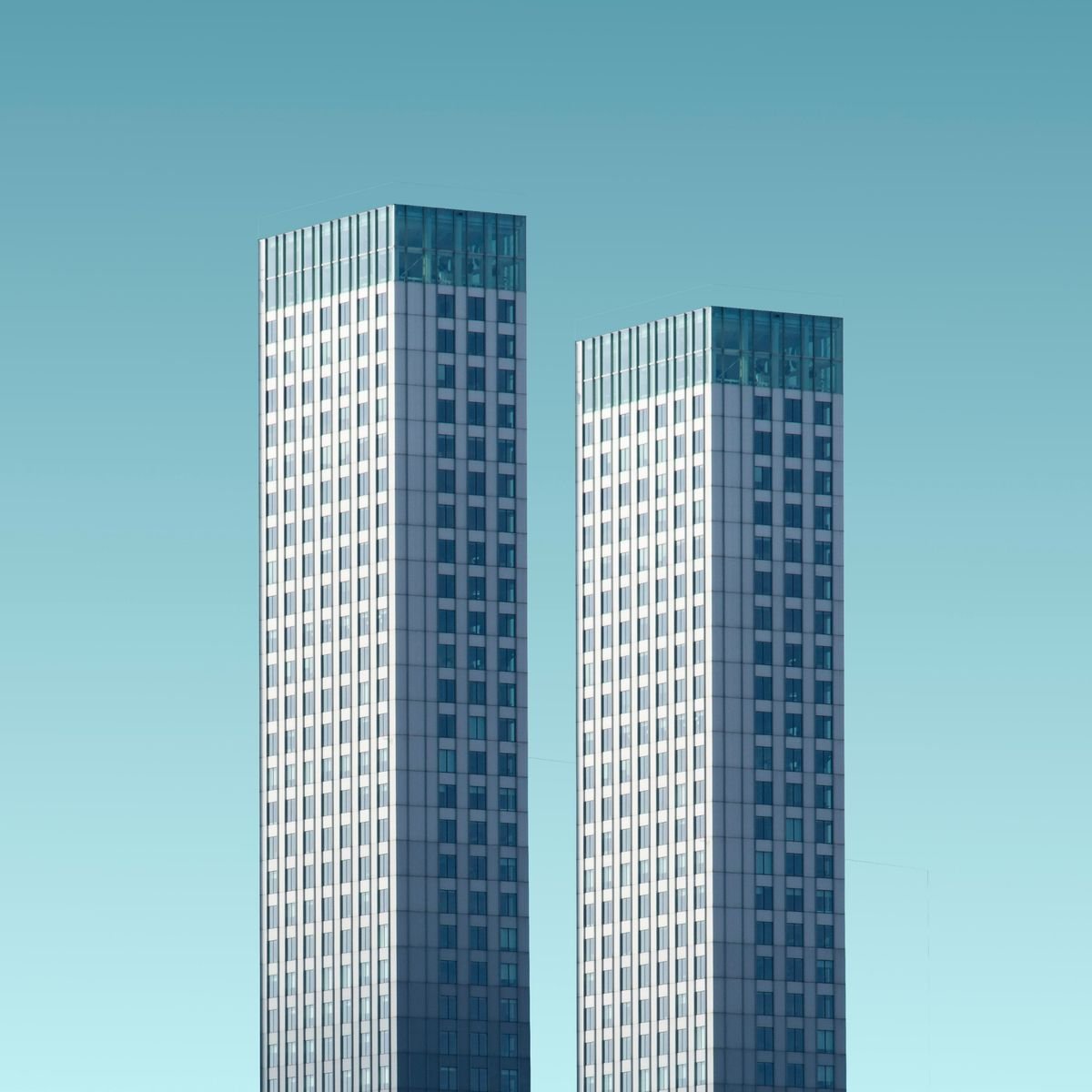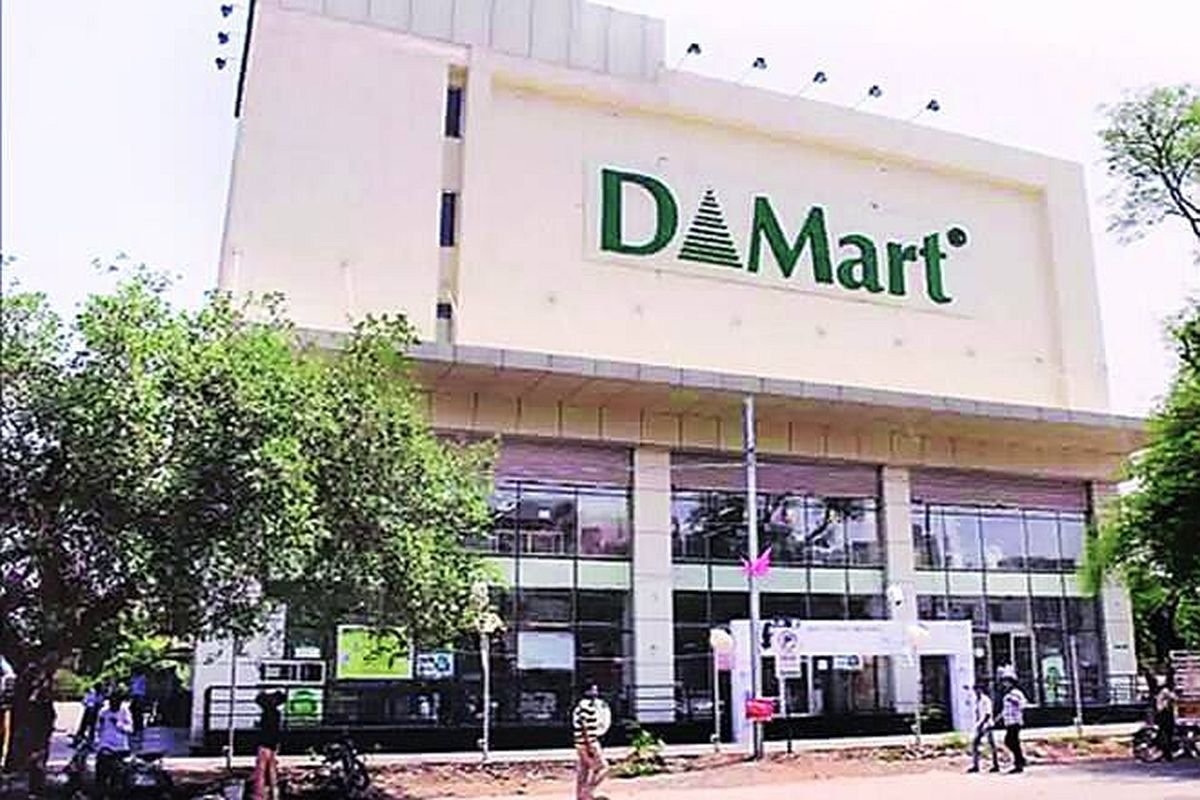
Impact of New D-Mart Store Opening on Local Business, Market & Economy”
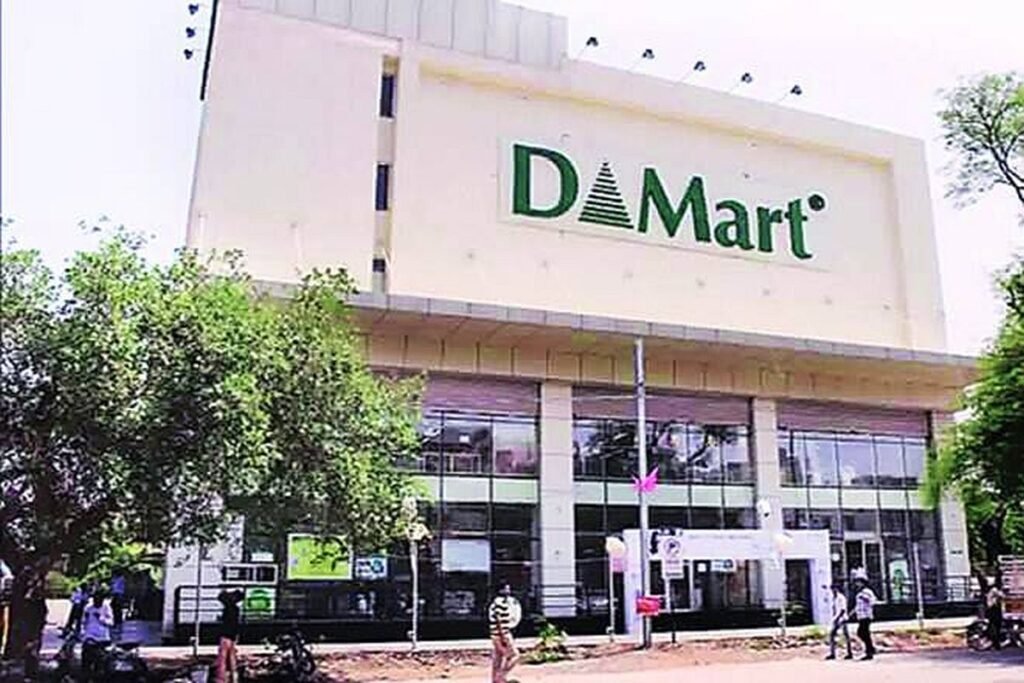
The opening of a large organised retailer like D-Mart in a town or locality can have a range of effects—some positive, some negative—on local businesses, markets, consumers, and the broader economy. The extent of these effects depends on many factors (location, consumer behaviour, regulatory environment etc.). Here’s a breakdown of potential impacts, with examples and considerations, particularly in an Indian context. If you want, I can also model how this might play out in your town (chittoor and tirupati).
Possible Positive Effects
- Consumer Benefits
- Better prices: Because of economies of scale, efficient supply chains, bulk purchasing, the large retailer can often offer lower prices than local shops for many goods.
- Wider choice: More variety in brands, product categories, packaged goods.
- Consistency & standardization: Uniform quality, hygienic packaging, better billing systems etc.
- Employment Opportunities
- New jobs in the store itself (sales staff, logistics, cleaning, security, management).
- Indirect employment: suppliers, transportation, warehousing, packaging etc.
- Growth in Infrastructure / Ancillary Services
- Improved roads, better logistics, possibly more parking, better utilities to service the store.
- Increase in footfall can boost surrounding businesses (cafes, eateries, stationery etc.)
- Formalization in the Supply Chain
- Suppliers may need to meet certain standards; this can push up quality in the local market.
- More regular payments, contracts etc., as organised retail tends to have stricter procurement norms.
- Possible collaboration with local suppliers for fresh produce or local goods to cater to local tastes. (D-Mart is known to tailor product mix somewhat to local markets. )
- Consumer Convenience
- One-stop shopping reduces time and effort.
- Bulk buying / deals may reduce cost per unit.
- Sometimes better store layout, fixed hours, more reliable stock.
Possible Negative Effects
- Pressure on Local Kirana (Small Retail) Shops
- Loss of customers: For items that are available in D-Mart at lower prices, consumers may shift.
- Margins: Small shops have thinner margins; they may not be able to compete on price, inventory variety, or discounting.
- Reduced income: For many, their daily sales may drop significantly.
- Business Closures & Consolidation
- Some local shops may shut down if unable to sustain.
- Some sectors (e.g. corner grocery, neighbourhood general stores) are more vulnerable.
- Over time, less diversity in small businesses.
- Disruption to Local Suppliers and Vendors
- Local vendors/wholesalers/kirana supply chains may lose business.
- Smaller producers may find it hard to meet demands (volume, packaging, consistency) of organised retailer.
- Community/Non-Economic Impacts
- Reduced local identity: Local shops often have personal relationships with customers, credit, bargaining, etc.
- Social effects: fewer people employed in small-scale retail can affect local social structure.
- Real Estate / Rent Pressure
- Opening large stores often requires leased / bought land, sometimes in good locations; this may raise rents in nearby commercial areas, making it harder for small shops.
- Traffic / Congestion / Environmental Concerns
- Large store may increase vehicle traffic, waste, water / electricity usage etc.
What Studies Show
- Big-box / chain retail openings tend to displace a number of nearby small stores, especially those that sell similar product categories.
- Some stores are more resilient: for example, those in city centers, with a loyal customer base, offering specialized goods, or providing convenience, small-volume purchases etc. These local businesses may survive even if they lose some business.
- Sometimes, overall retail employment may increase but with shifts: jobs move from small margin, small shops to larger stores; but wages may not always be higher.
- Consumer patterns change: people tend to buy non-perishable, packaged goods, household items from the big store; for daily needs, fresh vegetables, etc., local markets might retain some business.
- There is also evidence that the arrival of a big store can lead to increased footfall in the area, which sometimes helps nearby non-competing shops (cafes, fast food, other service providers) because people come for the big store and visit other shops. But this depends on distance, accessibility, how close competing stores are etc.
How D-Mart Specifically Operates (Relevant Points)
- D-Mart tends to open in residential areas, focusing on catchment (“where people live”) rather than just city-centres. It tries for a mix of local + national brands to suit local tastes.
- It keeps costs low (e.g. simpler interiors, negotiating rents etc.), which allows it to keep prices competitive.
- Their supply chain is efficient, and they pay suppliers on time, which gives them credibility and possibly better supplier terms.
Key Determinants of How Big the Effect Will Be
It’s not always that all small sellers lose out heavily; the impact depends on:
- Proximity & overlap: How close are the kirana shops to the new D-Mart, and how much product overlap (groceries, FMCG, packaged goods etc.) they have? If many overlap, competition is stiffer.
- Consumer preferences: If people value convenience, bulk buying, lower prices, then the big store will draw more customers; but for fresh produce, specialty goods, local tastes, local shops may still be preferred.
- Purchasing power: In middle / lower income localities, price sensitivity is higher, so the competitive advantage of a chain like D-Mart is stronger.
- Accessibility / convenience: If D-Mart is far, locals may still buy from nearer small shops for small daily needs. Similarly, parking, transport etc. matters.
- Regulation and policy: Local licensing, zoning laws, taxes, support for small business, whether small shops get subsidies/taxes, etc.
- Adaptation by local shops: Whether local shops respond—e.g. by specializing (fresh items, local / artisan products), improving service, offering credit, home delivery, bundling etc.
- Time: Impacts may be moderate at first, but over several years can accumulate.
Likely Outcomes in “After D-Mart Opens” Scenario
Putting it all together, here are plausible effects one might see in a locality after a new D-Mart opens:
| Positive outcomes | Negative outcomes |
|---|---|
| Prices for many packaged & non-perishable goods decrease for consumers. Better deals and discounts attract those who wish to buy in bulk. | Local kirana shops lose daily foot traffic for goods that are cheaper in the big store. Some of these shops may see reduced revenue, possibly closure if margins cannot sustain. |
| Employment rises: jobs in the store, and in related supply & logistics. | Some smaller shops may cut staff or reduce hours to reduce costs. |
| Improved supply chain: more consistent supply, possibility of local sourcing for some products. | Pressure on small suppliers if they cannot meet packaging / volume / quality / timely delivery requirements. |
| Increased infrastructure spending (better roads, utilities). Neighbourhood of D-Mart becomes more attractive, possibly increasing property values. | Rents for commercial property in vicinity may increase, making small shops’ leases more costly. |
| Ancillary shops (restaurants, stationery, small service providers) may get spillover footfall due to people coming to D-Mart. | Local markets for fresh produce, local vendors or open-air sellers may lose business if D-Mart sells some of these items or offers substitutes. Also, local unique or artisanal produce may not be carried. |

- India Becomes World’s 3rd Largest Economy: Latest Global Rankings 2025
- Latest Property Rental Policy in Andhra Pradesh: What Tenants and Landlords Must Know in 2025
- S.P. Balasubramaniam గారికి తమిళనాడు ఇచ్చిన గౌరవం – హృదయాలను హత్తుకున్న ఆదర్శం
- Kanipakam Set for Major Transformation: 5-Year Master Plan Aims to Develop
- S.P. Balasubrahmanyam: A Pan-India Cultural Icon Beyond Linguistic Boundaries

